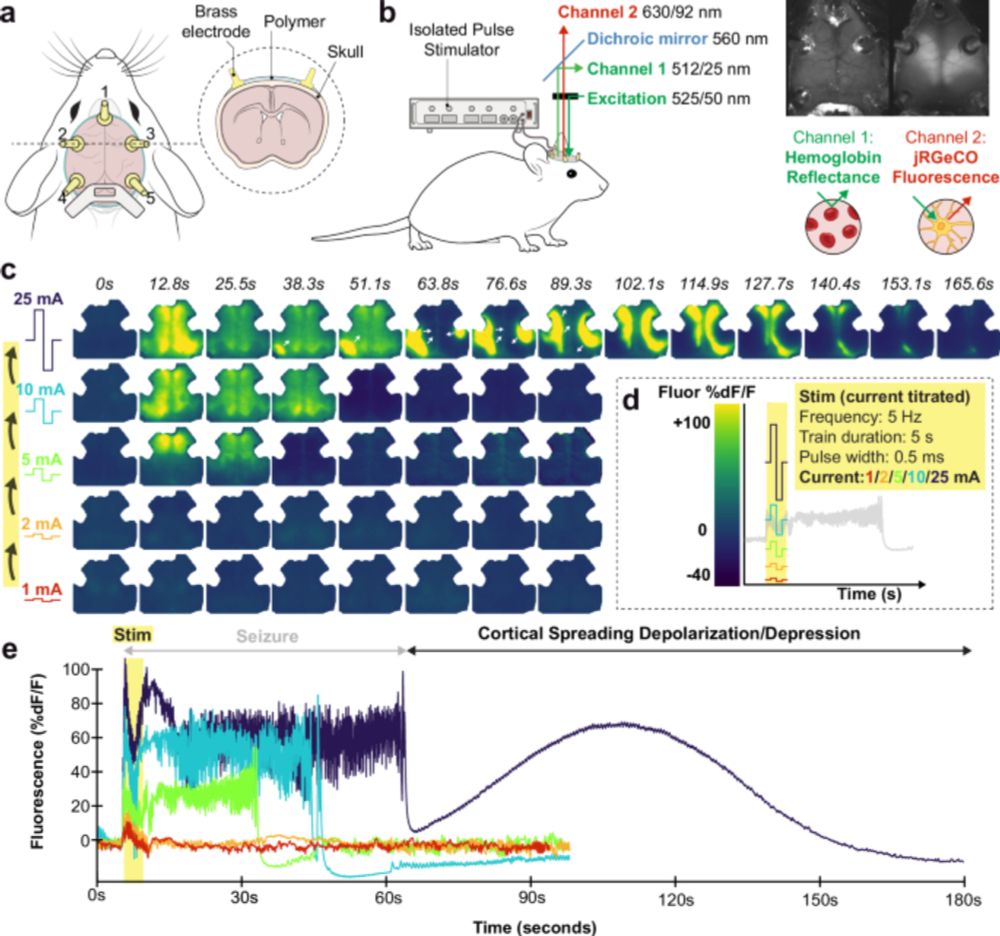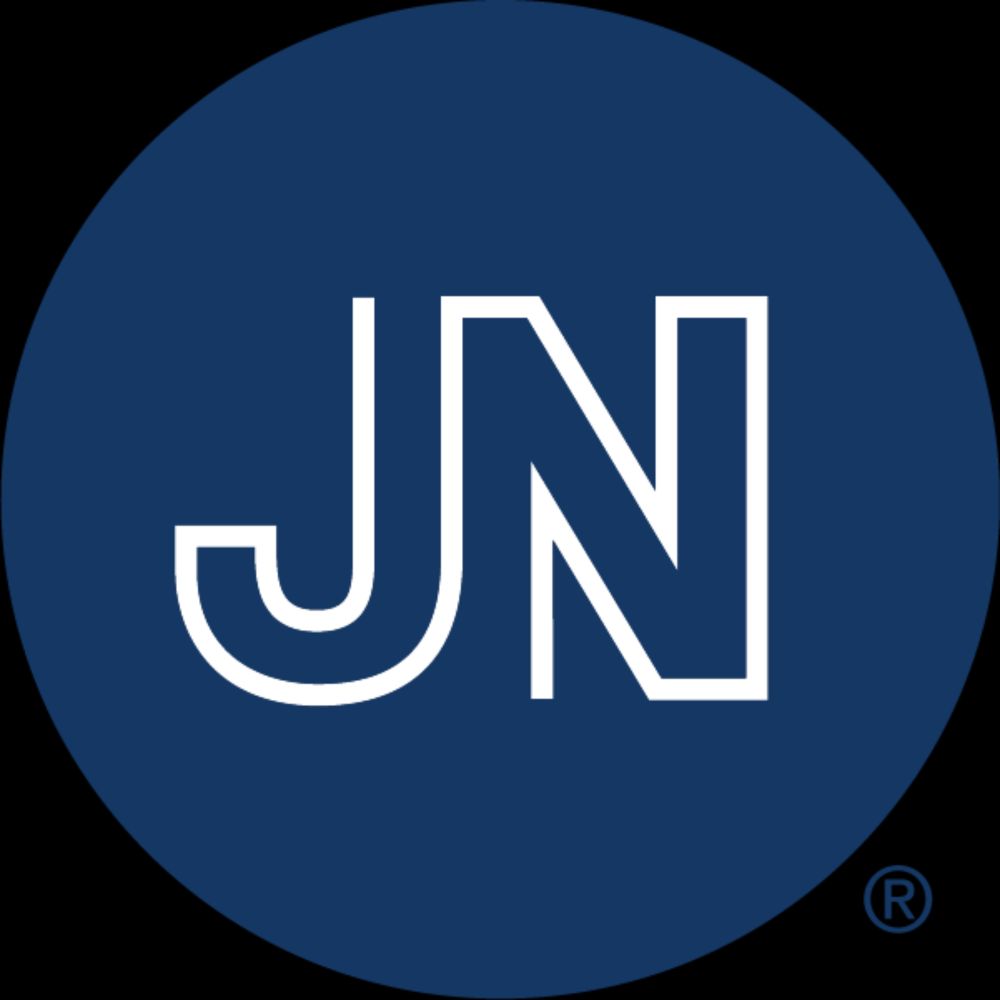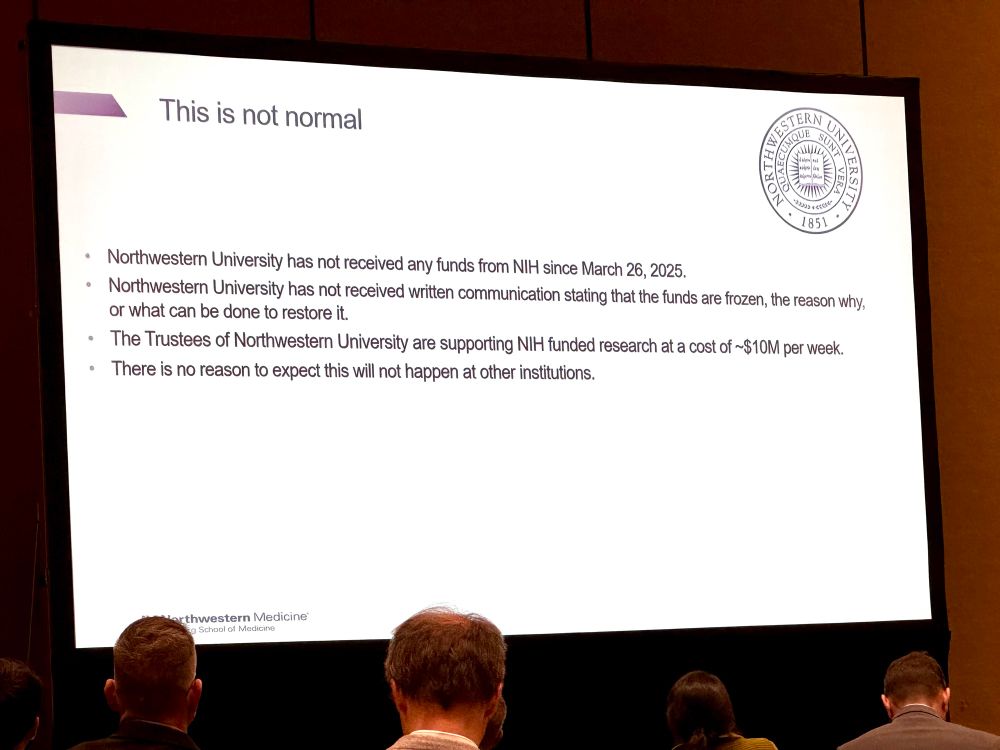Zach Rosenthal
@zachrosenthal.bsky.social
320 followers
720 following
33 posts
👨⚕️ PGY4 psychiatry resident @ Penn Med, ⚡️🧠 neuroscientist postdoc and 🌈 🏔 human person. Previously WashU MSTP, Haverford College, and Scribbles Pre-school. Views my own.
Posts
Media
Videos
Starter Packs
Pinned
Zach Rosenthal
@zachrosenthal.bsky.social
· May 18

Electroconvulsive therapy generates a postictal wave of spreading depolarization in mice and humans - Nature Communications
The underlying mechanism of electroconvulsive therapy remains not fully understood. Here, the authors use optical neuroimaging in mice and humans to show that electroconvulsive therapy elicits a secon...
doi.org
Zach Rosenthal
@zachrosenthal.bsky.social
· Jul 12

Toward a Better Understanding of Electroconvulsive Therapy
When we don't understand how something works, we often fear it. That has been the case with electroconvulsive therapy (ECT), but new research may be shedding needed light.
www.psychologytoday.com
Reposted by Zach Rosenthal
Baller Lab
@ballerlab.bsky.social
· Jun 3
Investigating mood and cognition in people with multiple sclerosis: a prospective cross-sectional study protocol
Introduction Multiple sclerosis (MS) is an immune-mediated neurological disorder that affects one million people in the USA. Up to 50% of patients with MS experience depression, yet the mechanisms of ...
bmjopen.bmj.com
Reposted by Zach Rosenthal
Ferric Fang, MD
@fangferric.bsky.social
· May 29

Cutting the NIH—The $8 Trillion Health Care Catastrophe
This JAMA Forum discusses the recent budget cuts to National Institutes of Health (NIH), the effects of these cuts on scientific research and health of individuals in the US, and the prospects for cha...
jamanetwork.com
Reposted by Zach Rosenthal
Zach Rosenthal
@zachrosenthal.bsky.social
· May 18
Zach Rosenthal
@zachrosenthal.bsky.social
· May 18
Zach Rosenthal
@zachrosenthal.bsky.social
· May 18
Zach Rosenthal
@zachrosenthal.bsky.social
· May 18
Zach Rosenthal
@zachrosenthal.bsky.social
· May 18
Zach Rosenthal
@zachrosenthal.bsky.social
· May 18

Electroconvulsive therapy generates a postictal wave of spreading depolarization in mice and humans - Nature Communications
The underlying mechanism of electroconvulsive therapy remains not fully understood. Here, the authors use optical neuroimaging in mice and humans to show that electroconvulsive therapy elicits a secon...
doi.org
Zach Rosenthal
@zachrosenthal.bsky.social
· May 18
Zach Rosenthal
@zachrosenthal.bsky.social
· May 18
Zach Rosenthal
@zachrosenthal.bsky.social
· May 18
Zach Rosenthal
@zachrosenthal.bsky.social
· May 18








